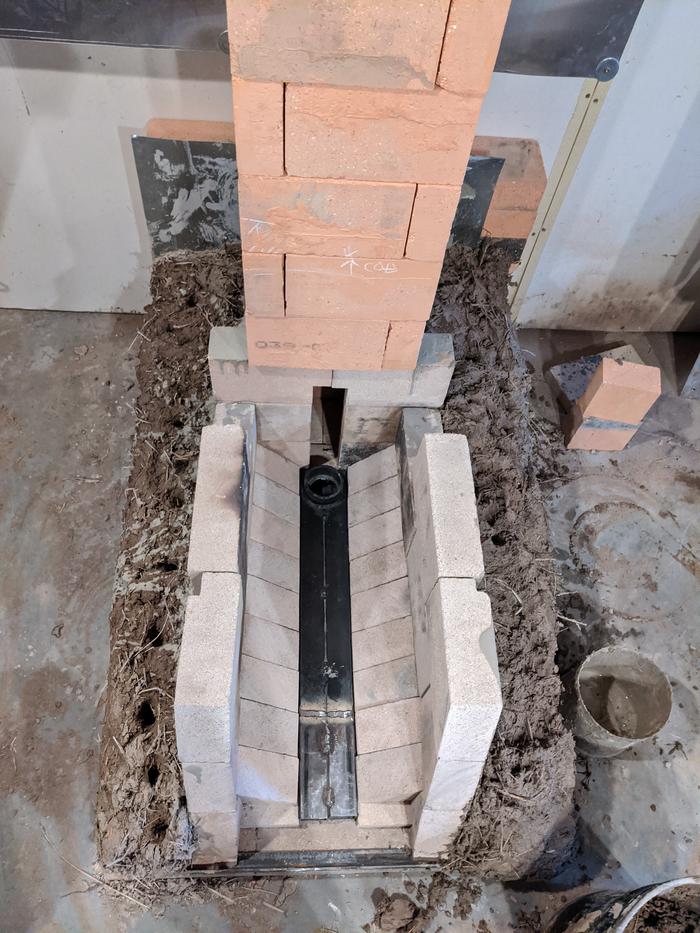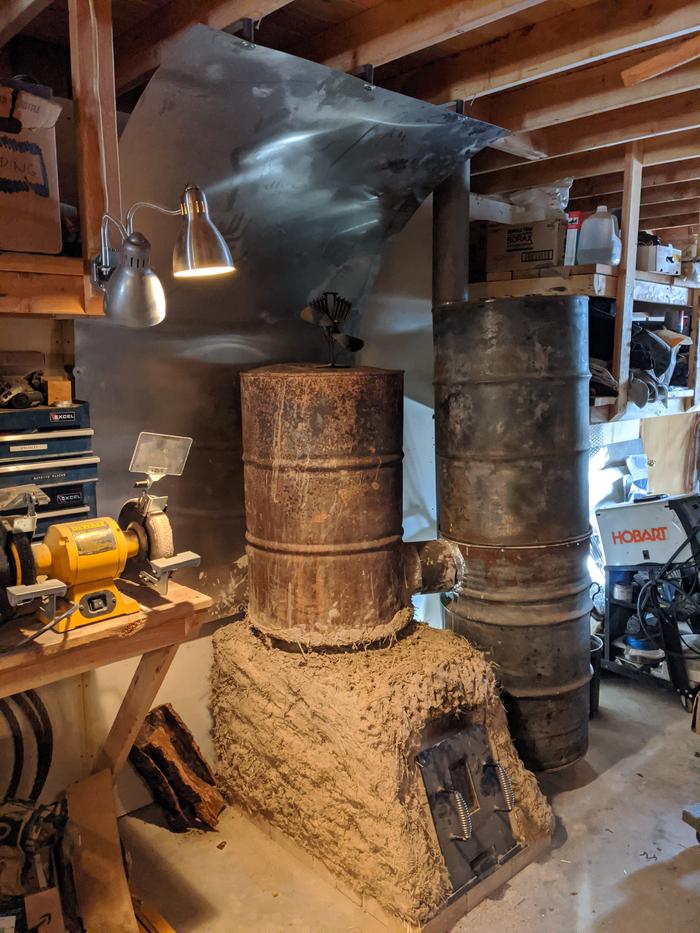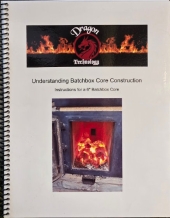
 12
12








 2
2




 10
10





 9
9




For all your Montana Masonry Heater parts (also known as) Rocket Mass heater parts.
Visit me at
dragontechrmh.com Once you go brick you will never go back!
 3
3




 3
3




Peter van den Berg wrote: It seems to be unclear what size of system this is. Sometimes it's called a 7" system and sometimes a 6". The 3 barrels together is regarded as the top limit for a 6" system so maybe it's a 7 incher? I'll follow this one closely to see how it'll work out.




 9
9




For all your Montana Masonry Heater parts (also known as) Rocket Mass heater parts.
Visit me at
dragontechrmh.com Once you go brick you will never go back!




 4
4




For all your Montana Masonry Heater parts (also known as) Rocket Mass heater parts.
Visit me at
dragontechrmh.com Once you go brick you will never go back!
 5
5




thomas rubino wrote:I'm curious, what was used for the roof on this batch?
 4
4




 7
7





 6
6




 2
2




 5
5




 2
2




david higos wrote:Is there anything like perlite in the cob mix surrounding the burning chamber/ any other alike insulants? Is it good enough to have a wide cob wall (guess cob mix rich in sand) surrounding it? Would it be a good idea to add expanded clay to cob to surround the burning chamber?
 5
5




david higos wrote:I would also love to know if you would recommend to make the burning chamber slightly larger at the bottom to accomodate the gradient of the door (keeping all other dimensions as the tables say) or to keep the volume of the burning chamber constant by reducing the depth of the ceiling by the same amount it is enlarged at the base.
regards, Peter
 2
2




Become extra-civilized!
 5
5




You can follow my latest adventures at
https://www.unclemud.com
https://www.youtube.com/unclemud
https://permies.com/u/164246/Chris-McClellan
Buy my stuff at https://unclemud.com/store/
 3
3




Become extra-civilized!

 8
8




You can follow my latest adventures at
https://www.unclemud.com
https://www.youtube.com/unclemud
https://permies.com/u/164246/Chris-McClellan
Buy my stuff at https://unclemud.com/store/

 5
5




You can follow my latest adventures at
https://www.unclemud.com
https://www.youtube.com/unclemud
https://permies.com/u/164246/Chris-McClellan
Buy my stuff at https://unclemud.com/store/
 7
7




regards, Peter
 3
3




 3
3




 3
3




 4
4




 3
3








 4
4




For all your Montana Masonry Heater parts (also known as) Rocket Mass heater parts.
Visit me at
dragontechrmh.com Once you go brick you will never go back!

 4
4




You can follow my latest adventures at
https://www.unclemud.com
https://www.youtube.com/unclemud
https://permies.com/u/164246/Chris-McClellan
Buy my stuff at https://unclemud.com/store/
 1
1




 2
2




 1
1




Rocket surgeon and soil builder... healthy plants are all about the soil.
- My 6" Batch Rocket specs and materials list: https://permies.com/t/248275/Batch-Rocket-Double-Skin-Bell
- Batch Rocket detailed build thread with Q&A: https://permies.com/t/238503/Batch-Rocket-Build
 5
5




L Cho wrote:A massless design would be ideal, as it is a large space, used infrequently for short periods of time. Barrels can be a little hard to find here, so I was thinking about fuel oil tanks, which can be had for free. If the tank can be cleaned/purged enough to be considered safe, can I simply adjust the value of internal surface area, ISA, by raising or lowering the exhaust port?
regards, Peter
 2
2




L Cho wrote: Barrels can be a little hard to find here, so I was thinking about fuel oil tanks, which can be had for free. If the tank can be cleaned/purged enough to be considered safe, can I simply adjust the value of internal surface area, ISA, by raising or lowering the exhaust port?
I don't own the plants, they own me.
 1
1




-----------
Max Edleson
Firespeaking, LLC
www.firespeaking.com
Providing masonry heater hardware to the masses! 

|
I'm full of tinier men! And a tiny ad:
The new gardening playing cards kickstarter is now live!
https://www.kickstarter.com/projects/paulwheaton/garden-cards
|









